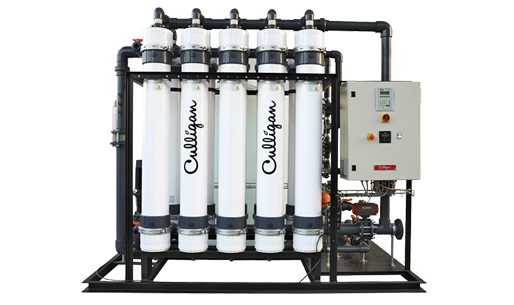
Process water treatment is the process of treating and purifying water used in industrial processes, to ensure that it is safe for the environment and the people who come into contact with it. Process water can come from a variety of sources, including groundwater, surface water, and municipal water supplies.
The steps involved in process water treatment can vary depending on the specific contaminants present in the water and the desired quality of the treated water. However, the following are some common steps involved in the process:
- Coagulation: Chemicals such as alum or ferric chloride are added to the water to create larger particles, called floc, by neutralizing the electrical charges on suspended particles.
- Flocculation: The floc is gently mixed to encourage the formation of larger, more easily settled particles.
- Sedimentation: The water is allowed to settle so that the heavier particles settle to the bottom. These particles are removed by scraping or draining them away.
- Filtration: The water is passed through a filter, such as sand, activated carbon, or a membrane, to remove smaller particles that were not removed during sedimentation.
- Disinfection: Chemicals such as chlorine, ozone, or ultraviolet (UV) light are added to the water to kill any remaining bacteria, viruses, or other pathogens.
- pH adjustment: The pH of the water may be adjusted to make it less acidic or alkaline.
- Reverse osmosis: Reverse osmosis is used to remove dissolved solids from the water. The water is forced through a semi-permeable membrane that allows water molecules to pass through, but not the dissolved solids.
- Deionization: Deionization removes minerals and other charged particles from the water using ion exchange resins.
- Ultraviolet sterilization: UV light is used to sterilize the water by destroying microorganisms, including viruses and bacteria.
- Chlorination: Chlorine is added to the water to kill any remaining microorganisms and to maintain a residual level of disinfectant in the water to prevent future microbial growth.
After completing these steps, the treated water can be used as required.
